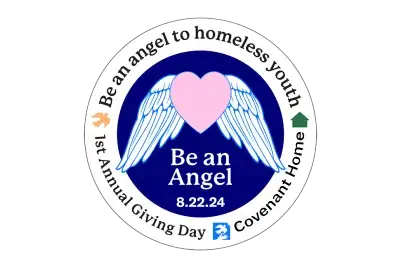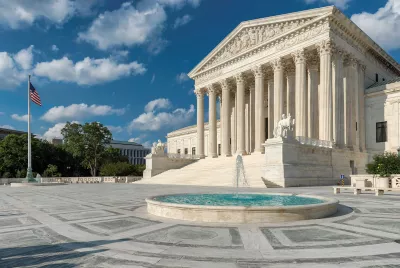Income Inequality and Poverty Lead to Increased Youth Homelessness
Across the U.S., Canada, and Latin America, places with severe poverty and high income inequality often have the highest rates of youth homelessness. This is especially true when you consider all forms of youth homelessness, including couch surfing, unstable housing, family shelters, and living on the streets.
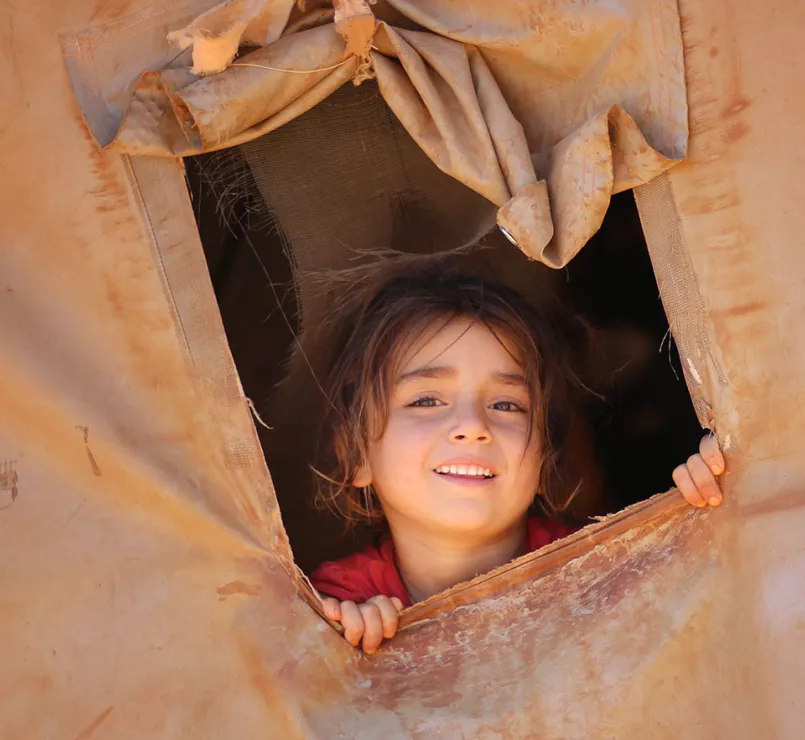
Nearly forty million people in the U.S. live in poverty, according to the U.S. Census Bureau.
Less than half of American households have 3-months’ worth of savings.
Millions of Americans do not have a credit score, a barrier to rental opportunities and homeownership.
Poverty Increases the Likelihood of Becoming Unhoused
Poverty and income inequality play a major role in the risk of someone experiencing homelessness, especially when they lack a support structure to rely on when faced with a number of challenges associated with poverty, like illness, loss or lack of a job, and discrimination. This, coupled with the fact that less than half of American households have even three months worth of savings means that in places with high cost of housing and high poverty, homelessness will become common.
According to a report from United States Department of Housing and Urban Development, "While the overall number of people experiencing homelessness in 2022 increased slightly compared with 2020, it rose significantly for individuals, people with disabilities who experience long-term homelessness, and people in unsheltered settings. Single individuals not part of family households continue to represent the largest group of people experiencing homelessness. Homelessness among single individuals increased by 3.1%. The number of chronically homeless individuals increased by 16% between 2020 and 2022.
People who identify as Black, African American, or African, as well as Indigenous people (including Native Americans and Pacific Islanders) continue to be overrepresented among those experiencing homelessness."
These findings are consistent with the reports of youth experiencing homelessness. Lack of access to affordable housing and a stable career are often barriers to finding housing, especially for Black, Latino, and LGBTQ+ youth experiencing homelessness.
Bridging the Wealth Gap
There are a number of ways we can help youth experiencing homelessness bridge the wealth gap and make homelessness rare, brief, and nonrecurring.
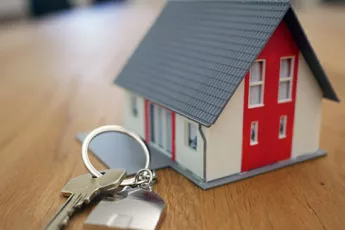
Housing
Ensure that there is adequate housing available to all, regardless of their income level.

Workforce Development
Provide enough job training and access to career pathways so that people can make a living wage.

Financial Education
Support renters with credit and financial counseling for long-term stability.

Savings Support
Help young adults in poverty save more of their income through state and federal programs.
News and Insights
All news & insightsKnow the Issues That Drive Youth Homelessness
Young people experiencing homelessness face numerous challenges and barriers that hinder their journey toward sustainable independence and a hope-filled future.
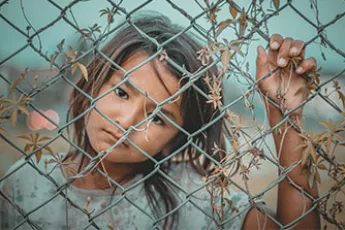
Human Trafficking
Children and youth experiencing homelessness are a prime target of human trafficking. Traffickers use violence, threats, deception and other manipulative tactics to trap millions of young people worldwide.
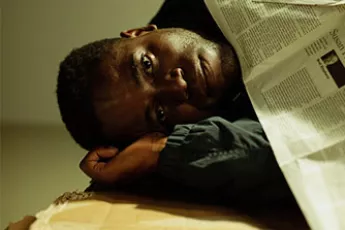
Income Inequality/Poverty
Children raised in poverty face a higher risk of homelessness. Without equitable resources, they can get swept up in a vicious cycle of hardship and significant social disadvantages.
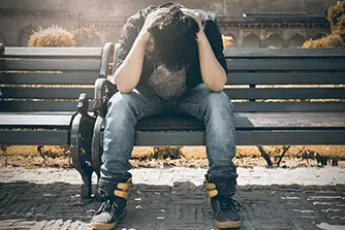
Gaps in Foster Care
When young people age out of foster care and other child welfare services, they become susceptible to homelessness, human trafficking, and other threats to their well-being.

Lack of Affordable Housing
Young people experiencing homelessness are often ill-prepared to find and hold a job that can cover their housing costs. The lack of available affordable housing greatly compounds this issue.

Mental and Emotional Health
Homelessness takes an enormous toll—both physically and mentally—on young people. Each year, thousands of youth experiencing homelessness die on the streets due to illness, assault, or suicide.
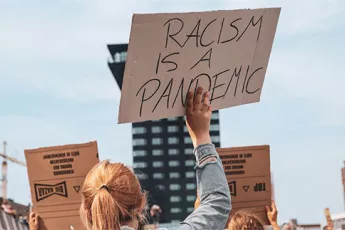
Racial Discrimination
Racial discrimination is a pipeline to youth homelessness. People of color experience homelessness at higher rates, largely due to long-standing structural racism that impacts education, housing, and other inequities.
Help a Young Person End Their Cycle of Poverty
Your support helps Covenant Home provide support and resources for youth escaping poverty and homelessness.

